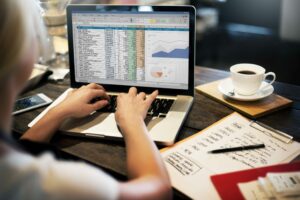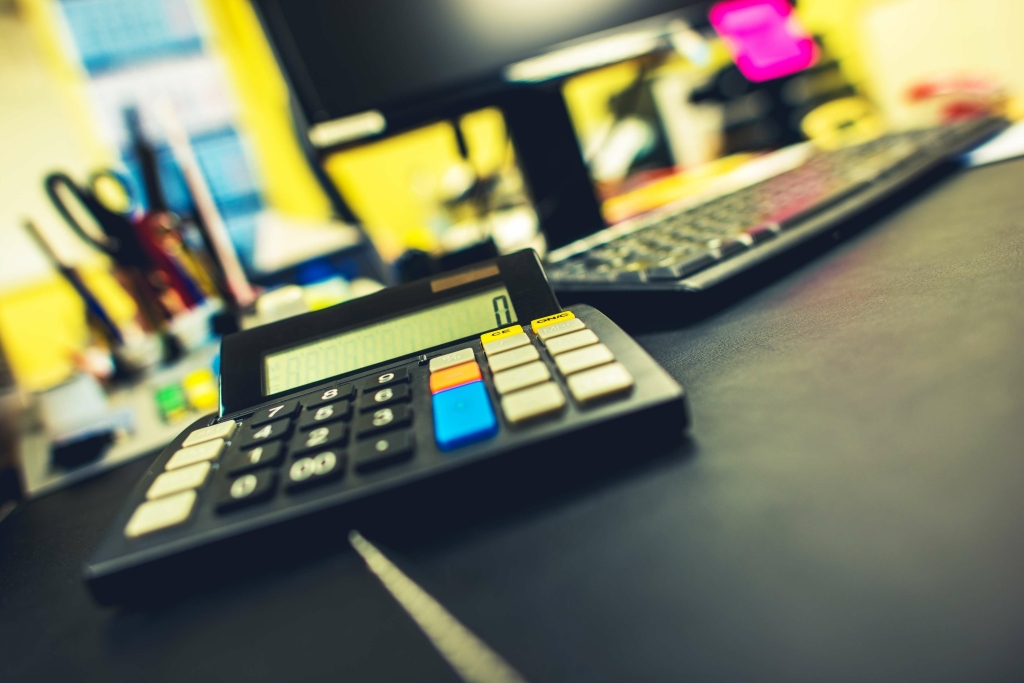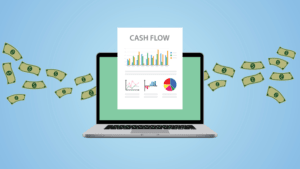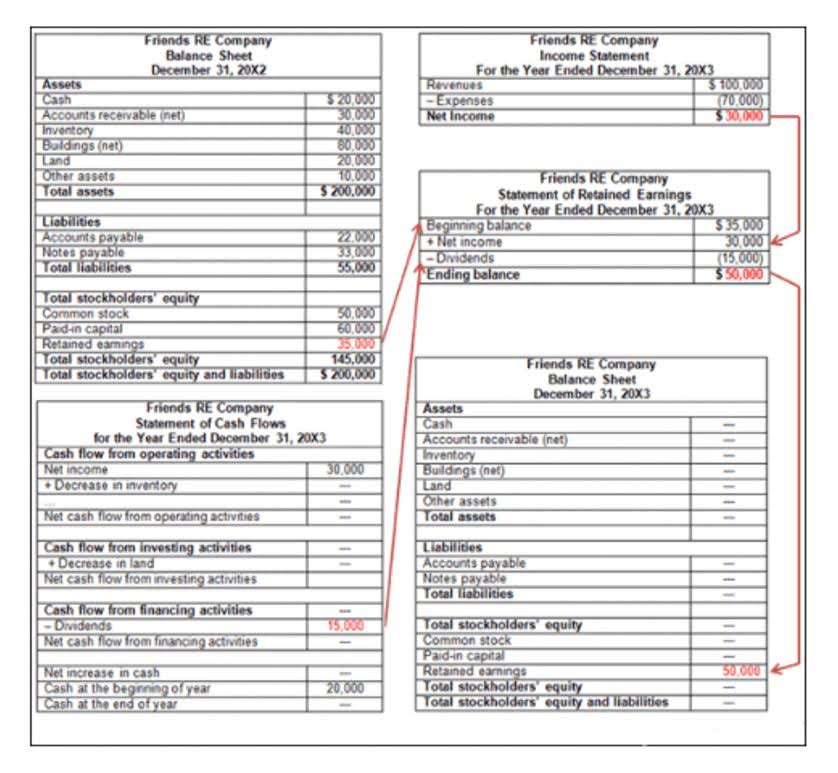Bookkeeping
Spend cube analysis: How to transform procurement data into strategic insights

Spend analysis can help you reduce costs, mitigate risks, improve sourcing, streamline processes, and build better supplier relationships. Without trusted spend reporting you can’t show your value to the business. When linked with an ERP system, automated spend analysis can take advantage of the live stream of data resulting from transactional exchanges with suppliers. These tools can collect data from multiple sources, clean and classify the data automatically, and provide user-friendly dashboards and reports for easy analysis. This makes accounting cleaning and analyzing data easy, with results and updates reflected in real time with seamless data integration. That means you can connect your existing data sources — such as Excel, ERP, or e-procurement or invoice systems — so all stakeholders are looped in and flows of communication are open.
- Spend analysis in procurement is significant for businesses, especially growing companies.
- This information highlights the suppliers you spend most with, making it clear what relationships should be prioritized.
- Ultimately, spend analysis can offer baseline data to help you estimate spending more accurately and frame long-term plans.
- Since you know how to measure and track spending, here are some best practices in spend analysis you can follow for effective results.
- AP automation uses technology to streamline, digitize, and optimize the accounts payable workflow — from invoice receipt and approval routing to payment execution and financial reconciliation.
- Similar to BI tools, spend analysis software offers real-time data processing, ensuring that procurement teams have access to the most up-to-date information.
- Budget accuracy improves through better forecasting based on past spending patterns.
Pros of Using BI Tools for Spend Analysis

In this chapter, we will cover some basic spend analysis dashboards used in Sievo. Prioritization will allow better negotiations for key spend categories to ensure more favorable contracts and pricing. By drilling into their spend data, procurement professionals are also gaining a deeper understanding of their spend categories. The first step in doing a category spend analysis is understanding the scope and breadth of the category. Are you buying similar goods and services from too many different vendors?
Spend Analytics Software Data Sources
Regularly analyse spending and identify new best practices for the business each time you examine the data. Leverage spend analysis tools and metrics to analyse your data based on your goals. Spend analysis unveils strategies to consolidate purchases, streamline procurement processes, and source better materials, products, and services. Now that you know the spend analysis meaning, it is time to find out why it is important.
Supplier Base Performance

Because of their automated spend analysis irregular nature, this type of spending is usually not prioritized — but it should be. Once the data has been identified, it’s time to collect and begin organizing the information. At this point, the focus should be on combining data and centralizing the information into a single place for analysis. This KPI is valuable because it can pinpoint opportunities to save or cut back on expenses by negotiating better contract terms or changing suppliers. To analyze spending and determine trends or patterns, consider tracking these KPIs. Categories can also have subcategories, depending on the need for additional differentiation.

Benefits of Automated Spend Analysis Software

These platforms are designed to handle the complexities of large-scale procurement environments, processing massive amounts of spend data from multiple sources without performance decrease. Spend analysis software provides advanced module options tailored to procurement needs and use-cases, such as CO2 Analytics, that go beyond the capabilities of BI tools. Similar to BI tools, spend analysis software offers real-time data processing, ensuring that procurement teams have access to the most up-to-date information. Spend Analysis provides sourcing teams with insights using historical spend data, supporting strategic and tactical sourcing decisions, aligned with Procurement (KPI’s). Spend analysis is an example of how sourcing metrics and analytics are used to improve sourcing, requisitions, purchase orders of goods, and services vital to the organisation. Analysis that gives procurement the foundation and data support, to make faster, better, informed decisions, that are aligned with the company & procurement objectives.
In today’s data-driven business landscape, procurement teams must deliver strategic value while maintaining cost efficiency. Spend cube analysis has emerged as a transformative framework, enabling organisations to gain deeper insights into their spending patterns and uncover optimisation opportunities. When to use Spend Analysis, data preparation spend analysis, involves extracting, transforming, organizing, verifying, essential data required to Remote Bookkeeping build procurement spend analytics reporting.
This includes finding and eliminating errors and discrepancies in descriptions and transactions to ensure accuracy. Data cleansing lets you identify which contacts in your database are incomplete or irrelevant. Typos are removed, and missing codes are validated and corrected for up-to-date information. Spend visibility goes beyond tracking spending, as it gives both a detailed and holistic picture of how money is moving through your company. Having spend visibility allows for analyzing past spend which can be utilized for planning future direction. Still not convinced that a spend analysis is completely necessary for your company?